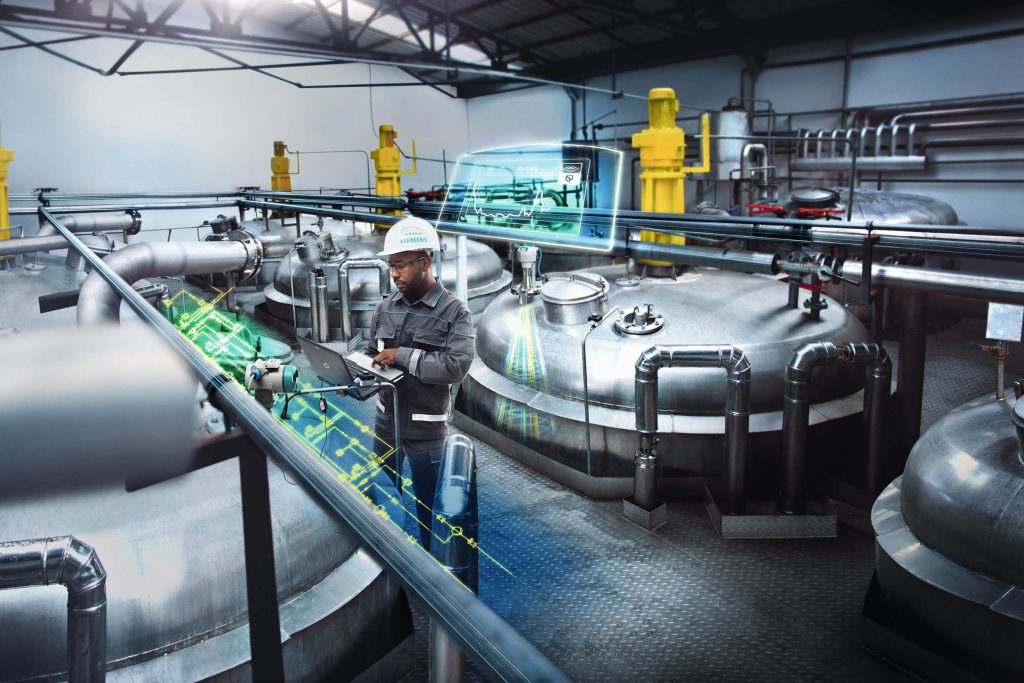In the last issue of Welding & Gases Today (Q1 2024) I outlined the excitement behind the latest wave of Artificial Intelligence, known as Generative AI. This technology is being rapidly adopted by a wide range of businesses and consumers, and it continues to develop at pace.
The gas and welding industry is not immune to these developments. Moreover, they cannot afford to be left behind as the adoption of these new tools gathers pace.
So, how can you and your business take advantage of this latest technological revolution?
Here are ten ways that integrating artificial intelligence (AI) and generative AI, can reshape – and is already reshaping – operations across the industry. In the process, these efforts can support strategic business goals focused on efficiencies, safety and innovation:
Predictive Maintenance: One of the most financially impactful applications of AI relates to predictive maintenance. As a recent scientific paper from researchers in China has indicated, AI algorithms can process sensor data from digital welding equipment to more accurately predict the remaining service life. In turn, this can be used to determine maintenance schedules and forecast potential failures, effectively reducing “the risk of equipment damage and downtime.”
Quality Control and Inspection: IBM and Amazon Web Services (AWS) are partnering on an initiative using AI to provide manufacturers with real-time weld defect insights, resulting in a faster diagnosis of problems. It does this through automated inspections and sending alerts when work is not up to scratch. This enables remedial action to be quickly taken. “Manufacturers could reduce re-work costs by up to $18 million per 1,000 robots annually based on scrap, material and labor cost savings,” they predict.
Supply Chain Optimization: European engineering researchers have observed how “AI algorithms can analyze supply chain data, forecast demand, and optimize distribution and logistics networks to ensure efficient material flow and timely delivery, leading to improved operational efficiency and cost savings.” Predictive analytics across different industries can be invaluable for creating more efficient inventory management and reducing the wastage of valuable resources.………………Column Break………………
Safety Enhancements: AI-driven monitoring systems can identify unsafe behaviors or conditions in real-time, significantly reducing the risk of accidents and the potential disruption to operations. The use of cameras, drones, and other sensors be used to monitor workplace safety, compliance and the health of equipment. It’s also being used for training too, improving quality as well as safety.
Welding Process Optimization: Using AI to analyze data from the welding process, AI algorithms can be used to improve weld quality and operational efficiency. As ESAB reflects, “when you have data on hand, you can track nearly every aspect of your operation, down to the materials used to weld a part and the welder who worked on it.”
Reducing Energy Consumption: High costs, coupled with a desire to improve sustainability, means that optimizing energy usage is a key business imperative. Smart monitoring, alongside AI-powered predictive analysis tools can be used to reduce costs and drive efficiencies. “AI algorithms can predict future energy consumption patterns with high accuracy,” Energy5, an energy and renewables company, says. “This enables organizations to optimize their resource allocation strategies and avoid over or underutilization of energy resources.”
Training and Development: AI-driven simulators offer realistic training environments for a wide variety of professions. Beyond this, the use of AI to help perform repetitive tasks can free up workers to work on higher-level work that requires human knowledge and ingenuity. Workers therefore need to be trained not just in the use of AI, but also to have the skills to perform these higher-level tasks too, tasks in areas that AI frees them up to focus on.
Design and Problem-Solving: Generative AI is being used by companies like Siemens and Microsoft to enhance automation and solve bugs as well as support “AI-powered software development, problem reporting and visual quality inspection.” Products like Siemens Industrial Copilot, an AI-powered assistant, have the potential to revolutionize the way companies design, develop, manufacture, and operate,“ says Roland Busch, CEO of Siemens AG.
Customer Service and Support: More widely, the Gas and Welding industries can also tap into wider non-sector-specific trends, like the use of AI-powered chatbots and virtual assistants. These tools can provide instant support, advice, and troubleshooting assistance, enhancing the overall customer and employee experience.
Automated Content Creation: Lastly, looking beyond operational applications, generative AI is increasingly making strides in the automated creation of content. This can be used in everything from website content to social media posts, presentations, promotional materials, technical reports and more. If your Comms and Marketing teams aren’t using AI for this yet, they soon will be.
LOOKING AHEAD
Like all major manufacturing and construction sectors, technological advancements have always reshaped, and redefined, working practices.
These sectors do not – and have never been able to afford – to stand still. Automation, the use of robotics, widespread deployment of data and analytics, as well as the emergence of practices like plasma and laser welding, or efforts focused on sustainability, are just some examples demonstrating this principle in action. The advent of AI is merely the next step in this continuum.
“As the needs of an ever-evolving economy change, the future is sure to see the continuation of the storied tradition of innovation and adaptation of welding technology that has shaped the world we live in today,” American Torch Tip explains.
Some of these AI-led developments are a continuation of more established working practices. Others might take you and your businesses into new realms. Regardless of where you are on this spectrum, AI and generative AI offer the promise of enhanced operational efficiency, quality control, safety and sustainability.
Subsequently, AI has the potential to be a transformative technology. In many cases, it already is.
As the author William Gibson once memorably stated, “The future is already here – it’s just not very evenly distributed.”




